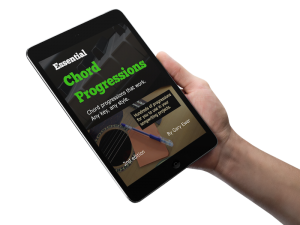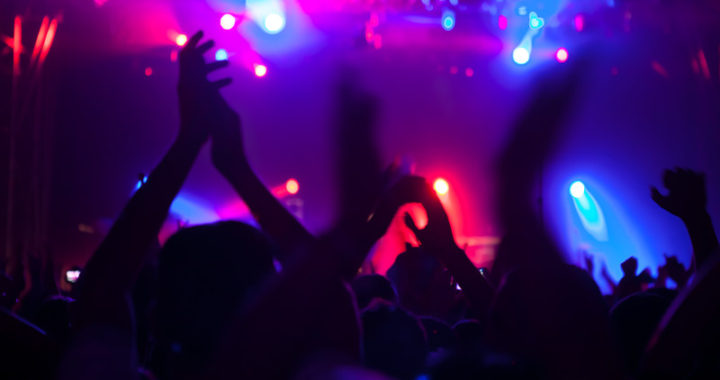I’m not a photographer (not a good one, anyway), but I’d rather see photos with people in them than without, no matter how exciting the landmark is that I’m shooting. The simple reason is that we make connections to people more so than to inanimate objects.
 There’s more to a song hook than meets the ear… a lot more. “Hooks and Riffs: How They Grab Attention, Make Songs Memorable, and Build Your Fan Base” is a vital manual for any serious songwriter.
There’s more to a song hook than meets the ear… a lot more. “Hooks and Riffs: How They Grab Attention, Make Songs Memorable, and Build Your Fan Base” is a vital manual for any serious songwriter.
That’s where photography and songwriting intersect; both use people as a key ingredient to enjoyment. In good photography, we feel the emotions of the people in the picture, so we ask the subjects to do something simple: we ask them to smile. We hope that the people looking at the photo will, if not smile back, at least feel happy.
And in songwriting, we write about things that we think will generate an emotional connection with the listener. So we write about love, about parties, about friendship and so on. We might write about sad things as well, like the death of a loved one, let’s say, but it’s the same thing: we’re writing about an experience that we all face at one point or another, and we’re hoping for an emotional connection.
Once in a while, however, you want a photo without people, and software exists that can remove people from shots of famous landmarks. Here’s one of the Taj Mahal where the people have been removed by software:

I get a funny feeling when I see that photo, or any other famous landmark where all the people have been removed. There’s something sterile about it, something lonely. For me, part of what makes a shot of a famous landmark meaningful is seeing all the people.
I think about that whenever I think about our jobs as songwriters. It doesn’t matter how clever your lyrics are, how amazing your melody is, how unique your chords are, how flashy the instrumental tracks are — if they aren’t making a connection to people, there’s something sterile about them.
Clever lyrics, amazing melodies, great chords and excellent instrumental tracks are very important. But they’re only important if they support the notion of making a connection to the audience.
 Written by Gary Ewer. Follow Gary on Twitter.
Written by Gary Ewer. Follow Gary on Twitter.
 Looking for lists of progressions you can use in your own songs? “The Essential Secrets of Songwriting” eBook Bundle has 2 main collections, plus eBooks on how to harmonize your own melodies, and more.
Looking for lists of progressions you can use in your own songs? “The Essential Secrets of Songwriting” eBook Bundle has 2 main collections, plus eBooks on how to harmonize your own melodies, and more.











I frequently use a random photo of a person and a situation as a prompt for my song lyrics. For example, I found a photo of a pretty young girl staring out the rear window of a beat up old truck she was driving, and I wanted to know what she was thinking, and where she was going … and why.
Love your blogs Gary! With time these little gems settle into my subconscious and give me a gentle pushes towards writing a song that’s something I can be pleased with that audiences can identify with. Usually I can tell when I have or do not have them, during a performance through observing them as individuals in an audience. Are they tapping their toes keeping time, are they gently swaying in their seats, do they in some cases have their eyes closed listening intently to the lyrics & melody, are they distracted. The way an audience reacts during the song gives good feedback. In some cases it encourages you to be more creative, to give them more insight into those inner feelings that motivated the writing of the that song to begin with. Some might say there is a downside to observing while performing as it might distract you, but I think it shouldn’t really, if you think of it as a conversation in which you are totally involved and for that instant, that moment or so you have the floor.
Cheers,
Jim